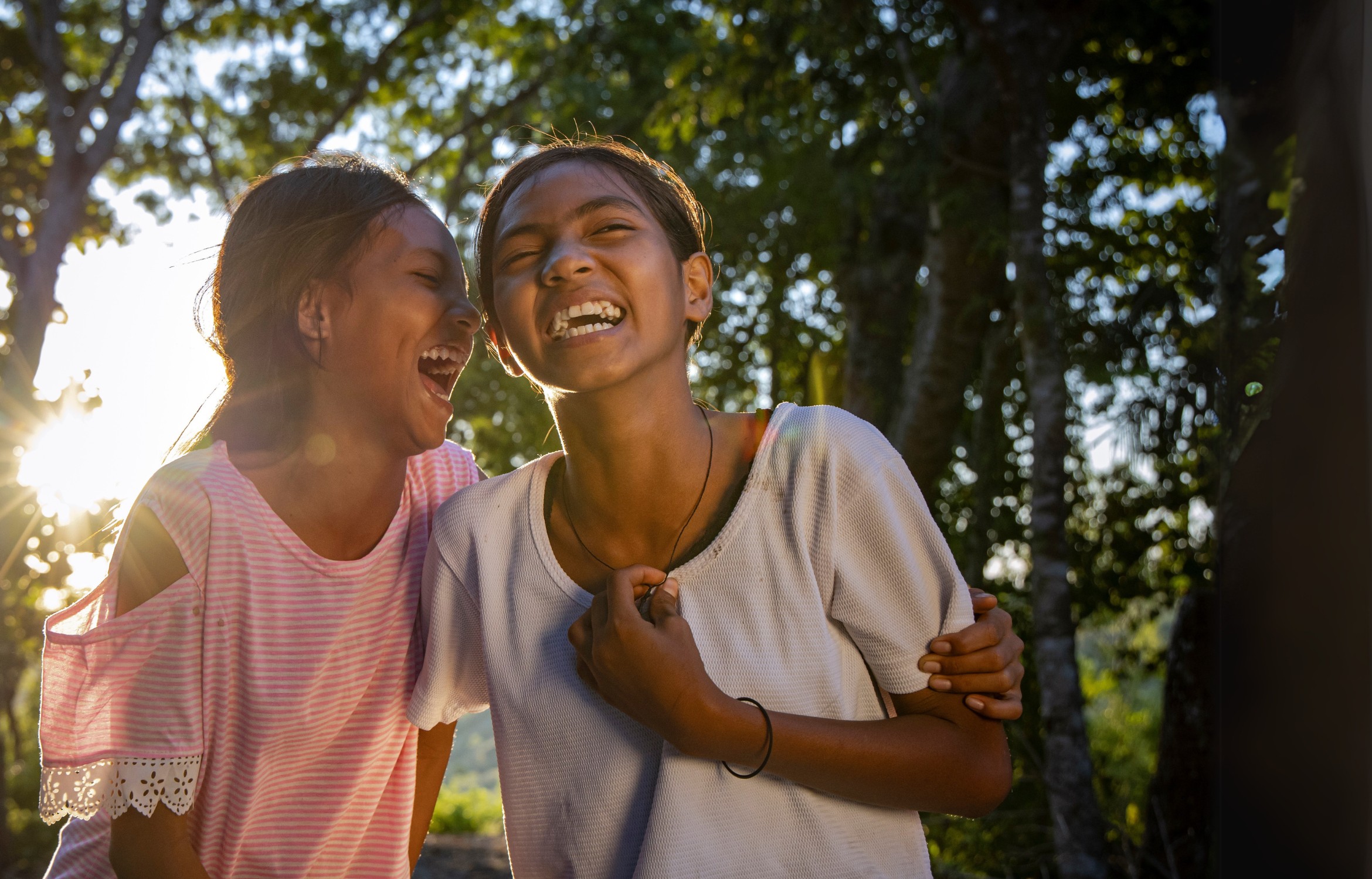
Childhood cannot wait
Millions of children in countries like Ukraine, Syria, Yemen and the Gaza Strip have lost everything.
Save the Children is there working where children are most at risk – and need help the most. Your donation helps children in extreme situations get the things they have the right to have: security, care, education and the chance to simply be children.
How your donation helps
Your donation will be used for all of our activities and deployed where disadvantaged children need it the most.
WE’RE THERE
BEFORE, DURING, AND AFTER
When disaster strikes, Save the Children is there. We are working with local partners and experts to act early and fast.
BEFORE
We help people prepare for disasters: We deliver relief, vaccinating children against likely diseases, improving early warning systems, and reinforcing homes and schools with sandbags ahead of predicted flooding.
DURING
We're there, when every second matters: We provide essential food and drinking water, blankets and hygiene kits, and emergency shelter. Because even in crises, being a child cannot wait. We provide child-friendly accommodation at short notice so that children have a safe place to play and learn.
AFTER
We stay to help children recover and thrive: We provide access to education, primary healthcare services, safe spaces for children to play, talk, and process their terrifying experiences.
Thanks to your help, we can be better prepared, react faster and provide sustainable support.
Help us to make sure children can confidently enjoy their rights.
PLEASE THINK OF ALL THE DISADVANTAGED CHILDREN AND HELP SAVE CHILDREN’S LIVES

Your donation makes a difference: 4 out of every 5 francs goes directly to our projects. Zewo-certified – for transparency and security.

ONCE BECOMES OFTEN
Turn your donation into a small habit with a big impact. Become part of the Children's Heroes team now.
Set up a recurring donation now
